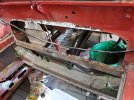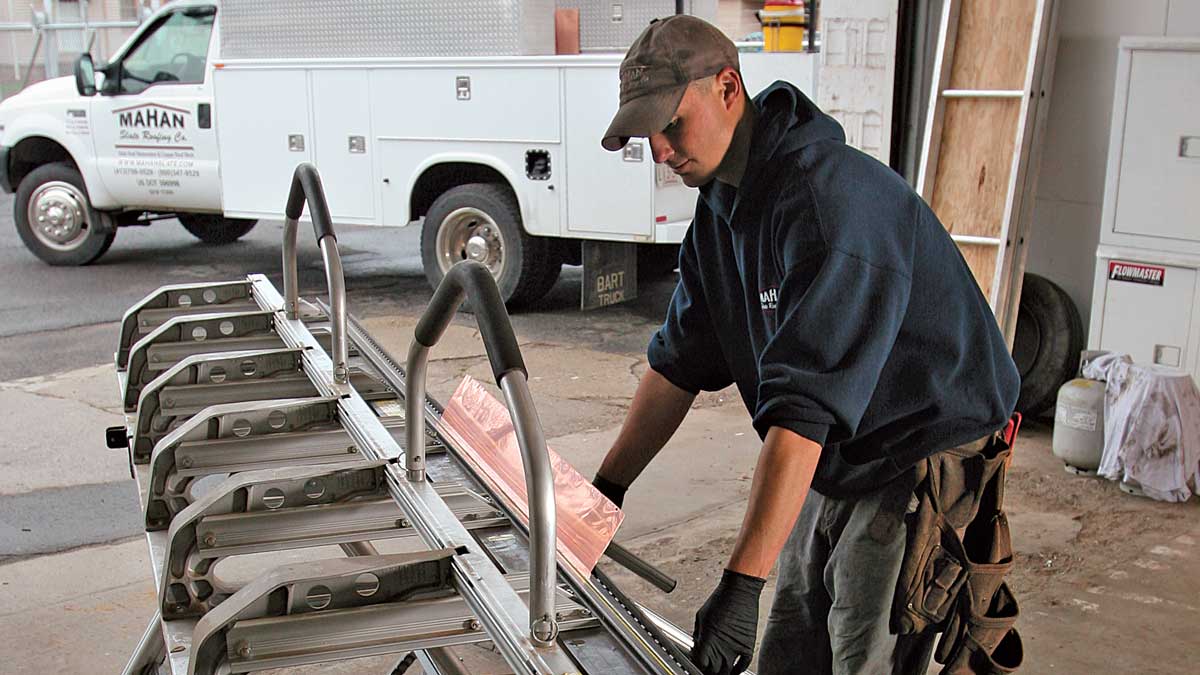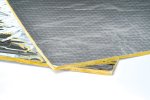Hi there.
I am in the process of replacing the rusted out rear boot floor using an excellent replacement panel from Eurosport UK. When I removed the rusted out panel I noticed that the rear frame rail assembly body panel has six spot welded 'brackets' (for want of another term). These brackets look like they may support something like wiring or exhaust heat shielding. I have outlined in green the 'brackets' in the attached image.
Does anyone know what their function is?
Thank you for assistance with this query.
Regards
I am in the process of replacing the rusted out rear boot floor using an excellent replacement panel from Eurosport UK. When I removed the rusted out panel I noticed that the rear frame rail assembly body panel has six spot welded 'brackets' (for want of another term). These brackets look like they may support something like wiring or exhaust heat shielding. I have outlined in green the 'brackets' in the attached image.
Does anyone know what their function is?
Thank you for assistance with this query.
Regards



